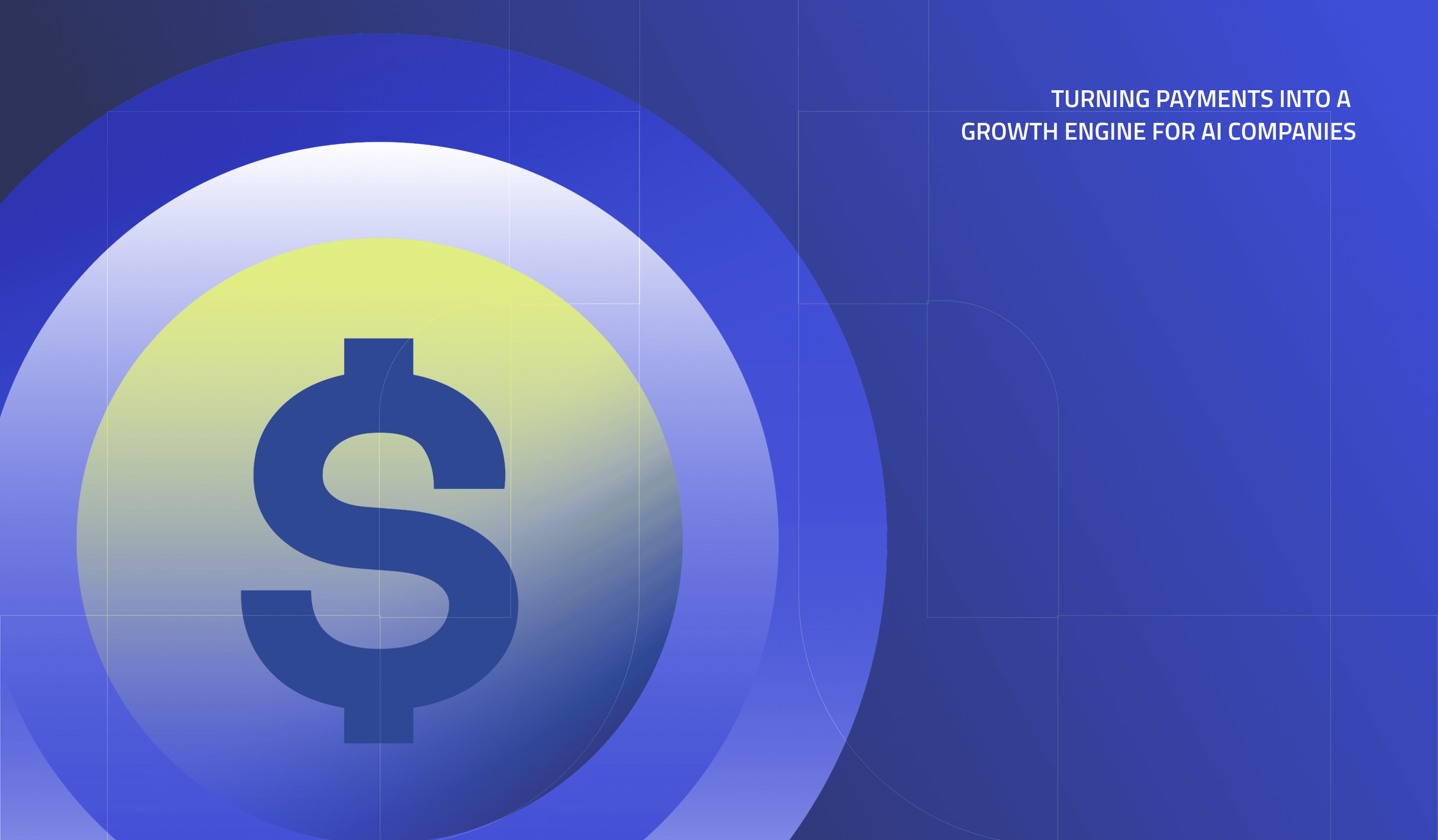How diversified payment methods can push the travel industry forward
Discover how flexible payment options like Buy Now Pay Later (BNPL) are transforming the travel industry.

The COVID-19 pandemic, unfortunately, restricted our freedom to fly everywhere around the globe and shooked out the worldwide economy. But with the advance of vaccination and the re-opening of international travels, people have been giving up buying a new car, refurbishing their homes, or eating out to fly internationally. The problem is that with so many uncertainties in the global economy, credit access has been very limited. Therefore, tourists have been seeking alternative, more accessible payment methods and credit access to fuel their dreams, and this is where Fintechs have come into the scene.
Why are people prioritizing traveling?
The interest in flexible payment methods is increasing in LATAM since the travel industry is experiencing a significant surge in demand. People want to spend on traveling despite the current economic uncertainty, making credit loans a must for this goal. There are several reasons why people see traveling as a priority, including, among others¹: the potential emotional relief that tourism grants after the pandemic, the additional savings built-up during this period, the ability to travel to see family and friends after a long time and the lifting of travel restrictions.
The need for flexible payment options like Buy Now Pay Later
People are keener to spend more on their holidays when flexible payment options are available, and Buy Now Pay Later (BNPL) can dramatically increase upselling for merchants in the tourism industry. A study developed by Amadeus, for example, showed that extraordinary 75% of the respondents are more likely to choose for BNPL plans to fund travels.
BNPL is a type of no-fee installment payment offered by physical and virtual retailers. Clients can shop and make payments through predetermined periods in the purchase. Since the retailer manages all financing processes, they specify the number of possible installments and other terms. After credit approval, there is the need to pay about 25% of the purchase in advance, and clients can pay the remaining installments via bank transfer, credit card, or debit.
Brazil is a particular case in the LATAM payment scenario: there are various alternative payment methods available for tourists, and tourists can pay BNPL installments with them. The specific payment method of PIX, regulated by Brazil’s Central Bank, is one of them and is already a favorite among BNPL installment payments due to its fast processing and much easier management than traditional methods.
Buy Now Pay Later vs. credit card
Credit cards are well-known for their characteristic of installments, but they are not the only option. Buy Now Pay Later — or BNPL — is another possibility for tourists interested in short-term financing. BNPL plans often charge no interest and fees and can be used at major retailers. BNPL has some conveniences: it gets approved faster than credit cards when applying without a hard credit check, there are no interest charges, and users can choose a payment frequency. However, it’s easier to overspend since it is a more flexible modality to be accepted, and some retailers don’t accept BNPL, making credit cards better suited for these cases.
Combining credit card and BNPL modalities can be exciting since credit cards have benefits — such as purchases being paid off without fixed installment payments, earning cash back, miles, or points. But, they alone might be a problem due to their required hard credit check to qualify and the danger of dealing with fees at high taxes.
How Yuno helps the tourism industry fly higher
With Yuno, merchants in the traveling industry can offer hundreds of payment methods for tourists, including BNPL alternatives, with a simple, all-in-one integration. Rather than taking months or even years to integrate so many payment methods, Yuno lowers integration time to weeks, enabling cost reduction, and increased safety and flexibility.
Book a demo to discover the power of our payment orchestration platform.











